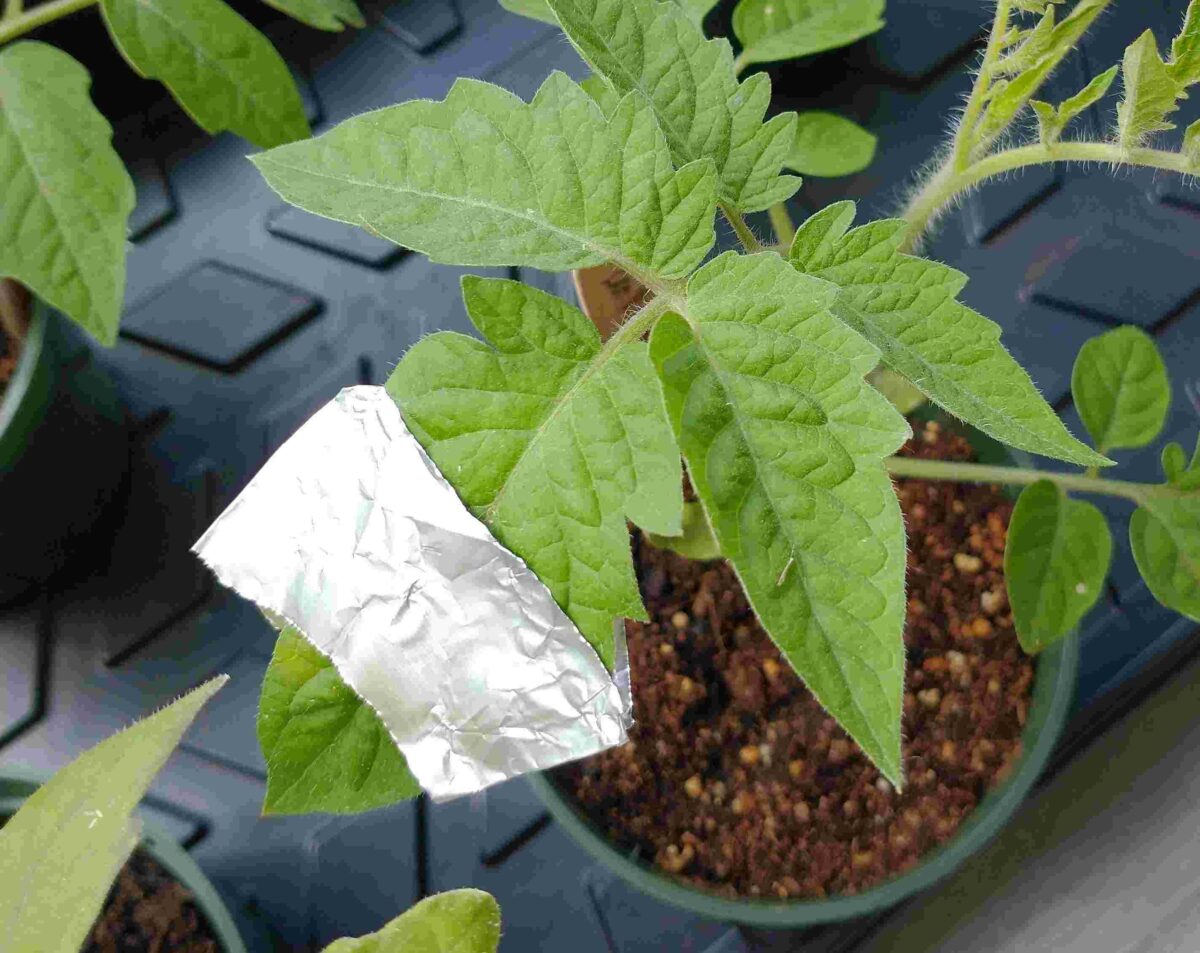Growing Food in Science Class

Each spring I enjoy starting vegetable plants indoors. My grow lights are set up on shelves next to my desk shining on peppers, tomatoes, onions, eggplant, and herbs this year. I cheer for the little sprouts as they slowly emerge from the soil.
Kids can grow food in their classrooms, too. In fact, it directly connects to their learning. As part of the Iowa Academic Standards, school children are required to learn about life science topics – both plants and animals – every year.
Over the last few months, we have assisted Waukee School District with their K-5 science curriculum review. It’s exciting to think about the food students will grow in their classrooms. You can teach these lessons in your classroom, too!
Growing sweet potato slips to learn about genetic diversity, making root viewing cups, learning about matter cycling with hydroponic onions, investigating the effects of sunlight on leaves, and planting a Three Sisters garden – these are just a few of the ways students will incorporate Farm to School into their science curriculum.
Schools are busy places. By including school gardens in the science curriculum, students have the opportunity to learn through highly motivating hands-on activities with countless real-world applications.





I just attended a webinar through the Institute of Child Nutrition. One of the panelists mentioned that her district uses your curriculum for their farm to school program. She mentioned that the curriculum is available on your website, but I can not find it. Are you able to share it with me?